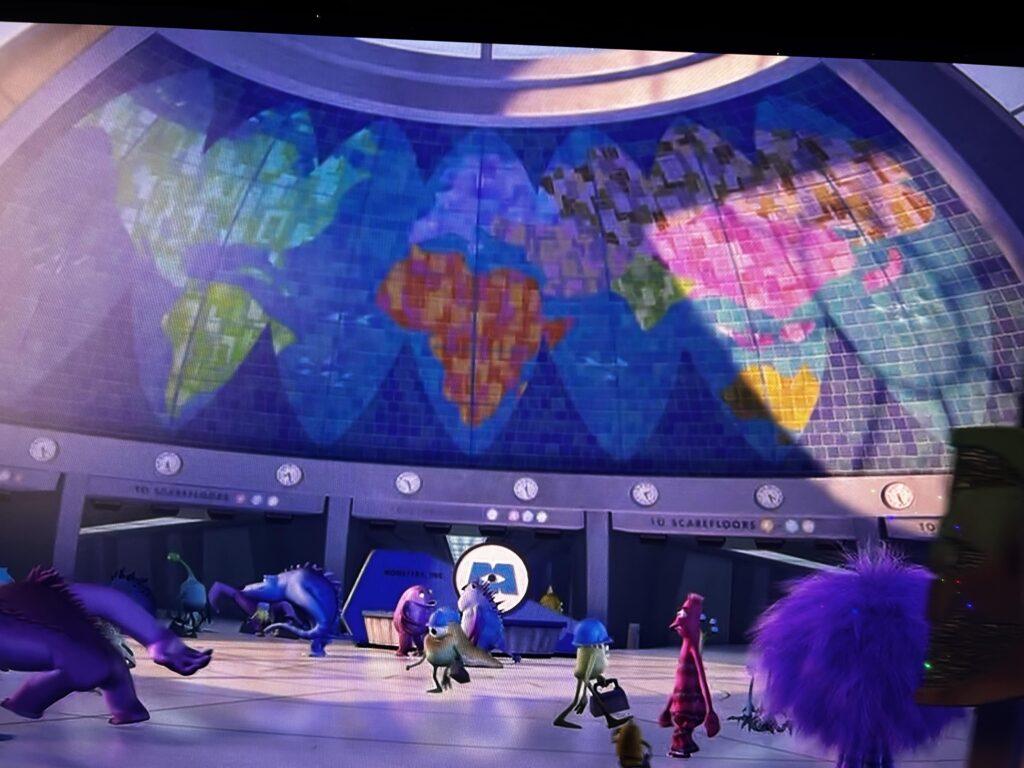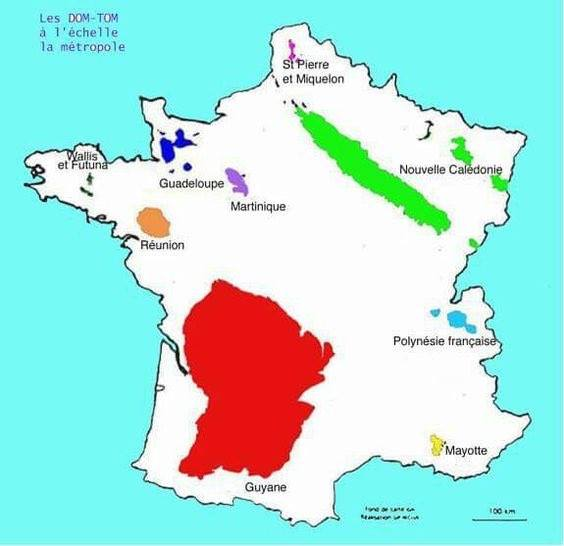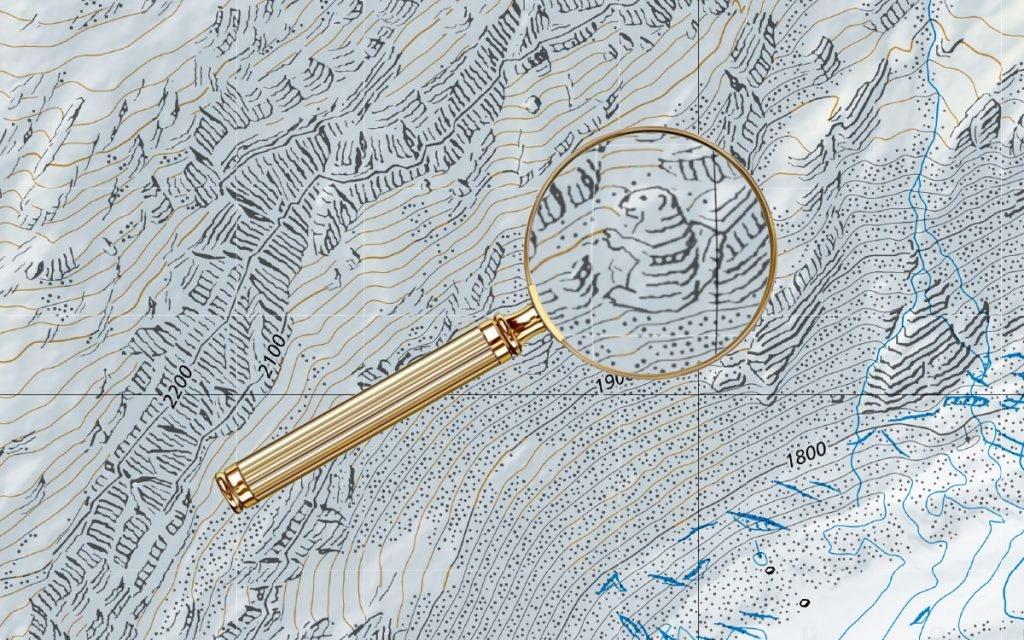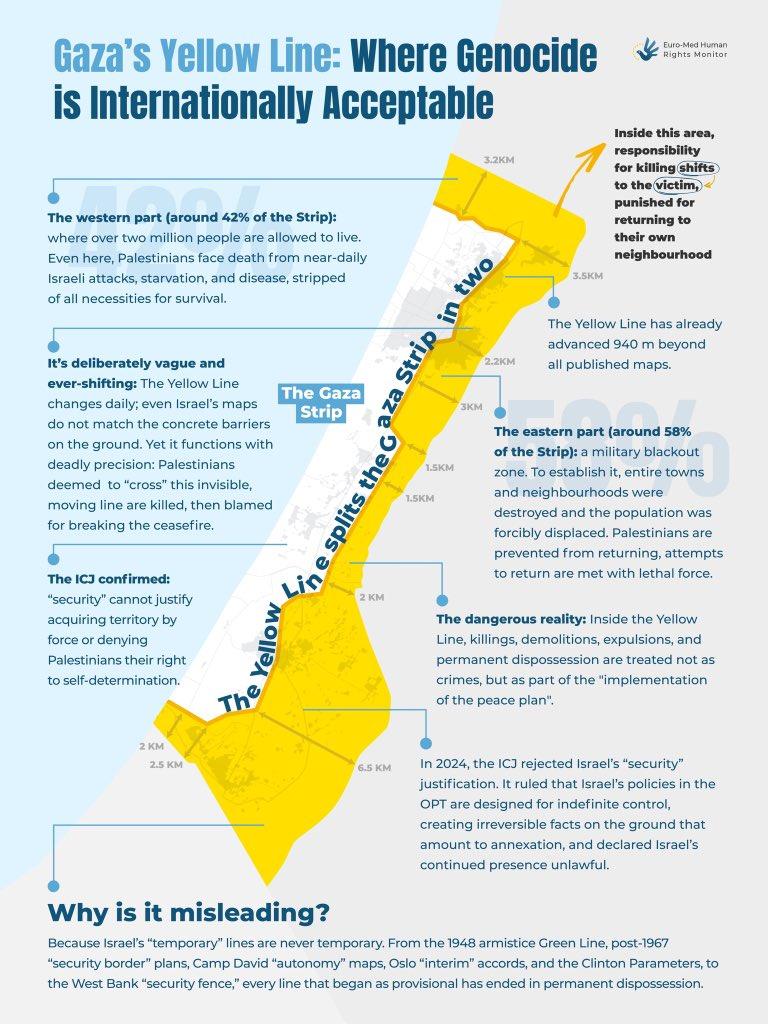I'm new to Organic Maps @organicmaps and I really like it. I think it can be a really good alternative to Gmaps, which is owned by big tech Google. I also start contributing new places there. However, I have one major concern: if anyone can contribute and modify data of places, how can the users and contributors protect the data from getting vandalized?
Still exploring OpenStreetMap data with this map of sundials in Europe.
#openstreetmap
There are in fact many more sundials. If you know one around you, please mark it on on https://www.openstreetmap.org/
Well... is it a map of sundials or a map of OSM contributors?🤔 Anyway, congratulations to northern Italy!
#astronomy #maps
#Python script available on my blog.
World Map from Monsters, Inc. (2001) https://www.byteseu.com/1636622/ #Map #MapPorn #MapPorn #Maps
Venezuela explained in 10 maps and charts
https://www.aljazeera.com/news/2025/11/28/venezuela-explained-in-10-maps-and-charts
#HackerNews #Venezuela #Maps #Charts #DataVisualisation #Geography #News
#TIL about this awesome interactive tool to explore toponyms in #GreatBritain called Grep Britain. 🇬🇧
https://conradgodfrey.com/grep_britain/
(And for anything more complex and worldwide, there’s #OverpassAPI via #OverpassTurbo or #OverpassUltra using #OpenStreetMap data.)
#TIL about this awesome interactive tool to explore toponyms in #GreatBritain called Grep Britain. 🇬🇧
https://conradgodfrey.com/grep_britain/
(And for anything more complex and worldwide, there’s #OverpassAPI via #OverpassTurbo or #OverpassUltra using #OpenStreetMap data.)
Je viens de tilter que je n'avais jamais vu de carte de la France hexagonale avec ses DOM-TOM à la *même échelle*.
Alors je vous ai trouvé ça :
https://www.facebook.com/gwokaradio/photos/sur-les-cartes-la-guyane-et-les-outre-mer-sont-toujours-repr%C3%A9sent%C3%A9s-dune-m%C3%AAme-ta/1291008514326764/?locale=ms_MY&_rdr #carto #maps
Are you looking for Victorian newspapers from a particular town or region? Try my new Victorian Newspapers Explorer! Just click on the map to see a list of titles from the State Library of Victoria – both digitised and non-digitised. https://slv.wraggelabs.com/newspapers/ #maps #libraries #histodons
Je viens de tilter que je n'avais jamais vu de carte de la France hexagonale avec ses DOM-TOM à la *même échelle*.
Alors je vous ai trouvé ça :
https://www.facebook.com/gwokaradio/photos/sur-les-cartes-la-guyane-et-les-outre-mer-sont-toujours-repr%C3%A9sent%C3%A9s-dune-m%C3%AAme-ta/1291008514326764/?locale=ms_MY&_rdr #carto #maps
For Decades, Cartographers Have Been Hiding Covert Illustrations Inside of Switzerland’s Official Maps.
"As Juerg Gilgen, a current cartographer at Swisstopo, told me “as a matter of fact, the proof-reader is also just a human being prone to failure. And cartographers are also just human beings trying to fool around.”"
Wonderful, wonderful stuff.
#MapMaking #maps #cartography #switzerland #Swisstopo #topography #hidden #illustration #eyeondesign
Are you looking for Victorian newspapers from a particular town or region? Try my new Victorian Newspapers Explorer! Just click on the map to see a list of titles from the State Library of Victoria – both digitised and non-digitised. https://slv.wraggelabs.com/newspapers/ #maps #libraries #histodons
Still exploring OpenStreetMap data with this map of sundials in Europe.
#openstreetmap
There are in fact many more sundials. If you know one around you, please mark it on on https://www.openstreetmap.org/
Well... is it a map of sundials or a map of OSM contributors?🤔 Anyway, congratulations to northern Italy!
#astronomy #maps
#Python script available on my blog.
I’m back with my #maps of #Gaza today hahahaha.
I found this very interesting #map that shows the extent of the problem with the yellow line, as part of Trump’s truce agreement.
My family is currently staying in an apartment very close to the yellow line. We can hear shelling and gunfire and the sound of drones all day every day, it’s more exhausting and stressful than words can express.
Please support us:
➡️ https://chuffed.org/project/mohshbairgaza
Mapping Amazing: Bee Maps
https://maphappenings.com/2025/11/06/bee-maps/
#HackerNews #Mapping #Amazing #Bee #Maps #Bee #Conservation #Nature #Technology
Stupidly I forgot to hit the 'record' button at the start of my talk today, but here are the slides with my notes: "my place: exploring the Library's place-based collections". https://slides.com/wragge/slv-my-place #GLAM #libraries #maps #digitalHumanities
**How the first Bible to include a map helped spread the idea of countries with borders**
Do you like #maps? The Independent Map Artists (https://mapartists.org) has hit a big milestone and now has 50(!) members, all interested in helping with your holiday shopping. Hundreds of maps & mappy goods, straight from small businesses.
Connecting creators & customers is hard; please consider sharing.



Stupidly I forgot to hit the 'record' button at the start of my talk today, but here are the slides with my notes: "my place: exploring the Library's place-based collections". https://slides.com/wragge/slv-my-place #GLAM #libraries #maps #digitalHumanities






